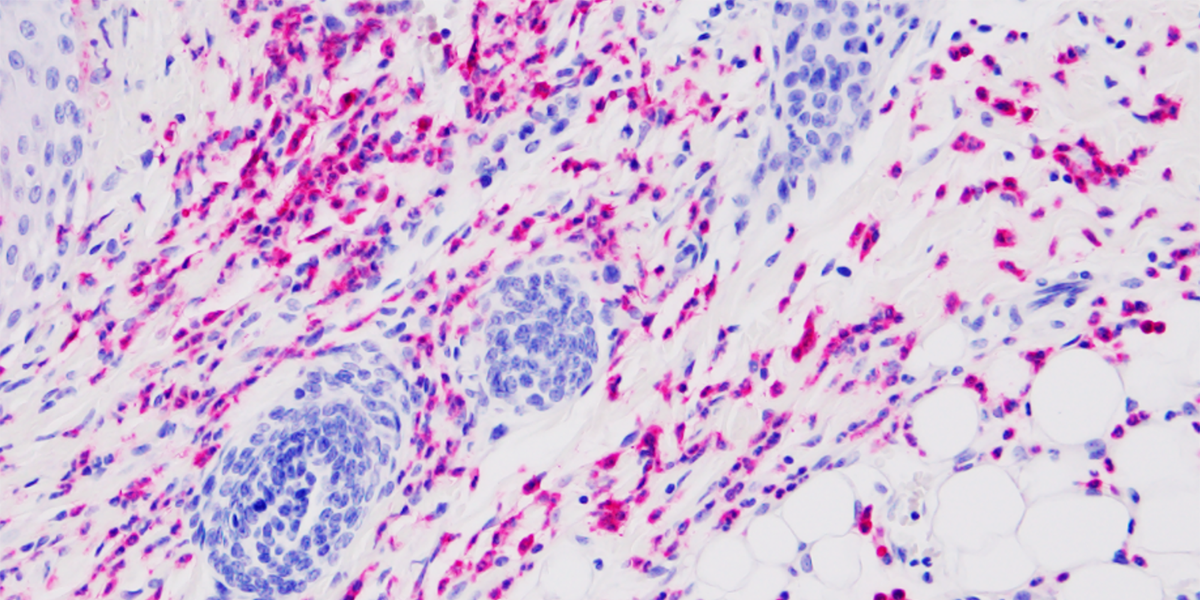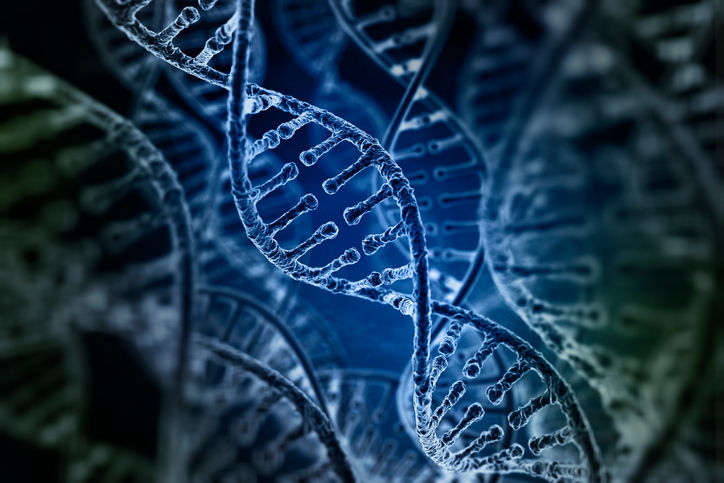Wounds that are superficial for some can be life-threatening for others. In diabetic wounds, healing can be slow, especially in the feetincreasing tissue susceptibility to infection. Foot ulcers and other diabetic foot complications have similar mortality rates to some cancers, but progress toward better treatments has stalled. Now, researchers may have found a better way to start the healing process.
Bioengineers at Arizona State University (ASU) have developed a multi-step strategy that applies different nanomaterials to wounds at different times to promote healing in both early and late stages. In a study published in the magazine BiomaterialsThe authors’ method outperformed a common wound dressing in a diabetic mouse model, closing wounds faster and producing more robust skin tissue.
“Healing a wound is like building a house. You have to lay the foundation first before you can install the plumbing,” said co-senior author Jordan Yaron, Ph.D., research assistant professor of bioengineering at ASU. “With our approach, we are aware of what stage the wound is in. Providing the right treatment at the right time is key.”
The researchers’ analysis also suggests that their approach unexpectedly activated a population of immune cells not normally seen in wounds that can resolve inflammation, highlighting a potential new pathway to speed healing.
A multifaceted solution to a multifaceted problem
Clinically, standard practice for wounds is to keep them clean and use a bandage to protect them while they heal. This approach works for most injuries, but is not sufficient for patients with conditions that interfere with the healing process, such as diabetes. In addition to causing poor circulation and neuropathy, diabetes can impair wound healing by altering the function of various immune cells.
The researchers devised a strategy to treat wounds like these and compared it to a commonly used dressing in a diabetic mouse model.
For the first step, the team fabricated a silk nanomaterial dressing embedded with gold nanorods. Because gold nanoparticles easily convert light into heat, the team was able to direct a laser at dressings placed over fresh wounds in mice, producing heat that quickly sealed them in place and provided a high level of protection.
The strategy that the authors previously found success, it creates something like an instant scab, Yaron explained. This time, the authors added histamine to the mix, a natural biochemical produced by the immune system that plays an important role in inflammation, blood vessel development, and allergic reactions.
Inflammation dominates the body’s initial response to injury, but eventually subsides to allow the body to rebuild. However, diabetic wounds can get stuck in first gear, maintaining persistent, low-grade inflammation, which can inhibit the healing process.
“Since the wound is stagnant, we wanted to administer histamine along with the dressing, to give it a boost and resolve the inflammation stage. We could then introduce another strategy to take care of the later phases of healing,” said senior and corresponding author Kaushal Rege, Ph.D., professor of chemical engineering at ASU.
The authors monitored injured mice for 11 days and found that animals treated with a combination of nanomaterial dressing and histamine healed at a faster rate compared to those treated with the standard histamine dressing or the nanomaterial dressing alone. The researchers also mechanically tested the healed skin and found that tissue treated with both the nanomaterial and histamine was stronger and more similar to healthy skin.
How exactly did the treatment speed up the process so drastically? To better understand, the team analyzed tissue samples by assessing gene expression and examining the cells under the microscope.
They discovered that a specific immune cell type, N2 neutrophilswere highly prevalent in wounds treated up to seven days after injury. As the first responses of the immune system, these cells usually disappear within a day or two, making their presence in the wound after a week very unusual. But since they are known to produce histamine and other repair molecules, it is also possible that these immune cells are the focus of treatment, Yaron said.
The team plans to delve deeper into the cause of the presence of neutrophils, as well as their role in wound healing.
The researchers’ next step in the study was to see if they could further improve healing by accelerating the post-inflammatory phase in which cells proliferate and remodel skin tissue.
In a second group of mice, the authors followed their initial treatment with a pair of nanoparticles that previously developed which were derived from two particular growth factors: proteins native to the body that promote the formation of skin tissue.
The team injected the nanoparticles at various times into the nanomaterial-coated wound bed and found that administration on the sixth day had the best results with respect to wound closure and tissue strength. This moment corresponds to a transition phase in which cells begin to proliferate and remodel the tissue.
With promising results in mice, the authors are now testing their strategy in larger animal models more relevant to human health, such as pigs.
“The authors brought together previously existing components in a unique way. By considering the timing of bioactive administration and analyzing the immune response, the team performed an impressive study. I think they are in a good position to move forward,” said David Rampulla, Ph.D., director of the Science and Technology Discovery Division at the National Institute of Biomedical Imaging and Bioengineering (NIBIB).
This research was supported by grants from the NIH, including NIBIB (R01EB020690, K01EB031984) and the National Institute of Arthritis and Musculoskeletal and Skin Diseases (R01AR074627).
This prominent scientist describes a basic research finding. Basic research increases our understanding of human behavior and biology, which is critical to promoting new and better ways to prevent, diagnose, and treat diseases. Science is an unpredictable and incremental process: each research advance builds on past discoveries, often in unexpected ways. Most clinical advances would not be possible without knowledge of fundamental basic research.
Study reference: Deepanjan Ghosh et al. Bioactive nanomaterials initiate early repair processes and enhance temporally modulated healing of healthy and diabetic wounds. Biomaterials. DOI: 10.1016/j.biomaterials.2024.122496



